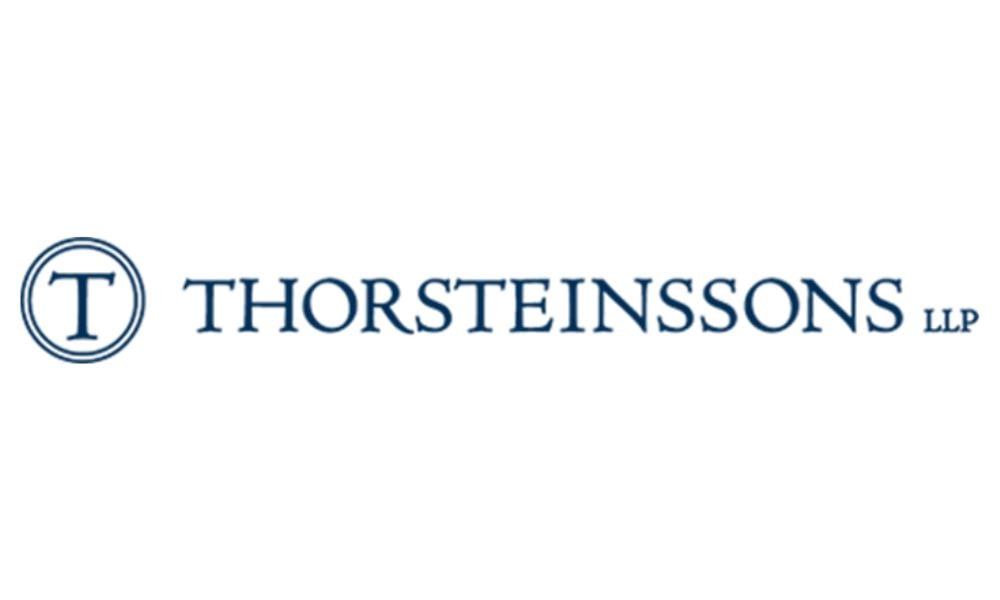The recently enacted “flipped property” rules in the Income Tax Act (Canada) (the “Act”) have wide ranging implications. Several tax practitioners have written about the problematic nature of the rules (see, for example: Evan Crocker and Kenneth Keung, “Related-Party Transfers and the Flipped Property Rules” (2023) 23:2 Tax for the Owner-Manager 6-8). In this blog, we describe a further issue, namely, the lack of exemptions applicable to certain deemed dispositions of trust property.
Overview of the flipped property rules
By way of background, on December 15, 2022 the new “flipped property” rules were enacted into law (applicable in respect of dispositions that occur on or after January 1, 2023). The 2022 Federal Budget supplementary information describes the purpose of the flipped property rules as combatting the allegedly inappropriate reporting of business profits as capital gains and unjustified principal residence exemption claims on residential real estate.
The flipped property rules apply to housing units located in Canada (or rights to acquire the same) that were owned (or held) by the taxpayer for less than 365 consecutive days prior to disposition. If the rules apply, then throughout the entire period the taxpayer owned the property, the property is deemed not to have been a capital property of the taxpayer; similarly, the taxpayer is deemed to have carried on a business that is an adventure or concern in the nature of trade in respect of the flipped property.
There are a number of exceptions to the flipped property rules, including dispositions of housing units (or rights thereto) due to: death, additions to a household, divorce, threat to personal safety, illness or disability, certain changes with respect to employment, insolvency, and destruction or expropriation of property. If a taxpayer disposes of a housing unit within 365 days after acquisition but fits squarely within one of the exceptions, then the rules will not apply.
Deemed disposition by a trust on lifetime beneficiary’s death
On death, subsection 70(5) of the Act generally provides that an individual is deemed to dispose of all capital property not bequeathed to a surviving spouse or qualifying spousal trust for fair market value proceeds. In the context of the flipped property rules, paragraph 12(13)(a) provides an exception to those rules for dispositions by a taxpayer that can reasonably be considered to occur due to, or in anticipation of the “death of the taxpayer or a person related to a taxpayer”. This exception is intended to prevent the flipped property rules from applying to the deemed disposition arising on death under subsection 70(5).
However, it is not clear whether the exception in paragraph 12(13)(a) will be available in all appropriate cases. Consider a scenario where an individual (“Ms. X”), rather than leaving a housing unit to be dealt with as part of her estate, instead settles an alter ego trust (the “AET”) and contributes the housing unit to the AET. The contribution constitutes a disposition of the housing unit but occurs on a tax-deferred basis under subsection 73(1) of the Act.
Generally, an alter ego trust is deemed to dispose of all its capital property and land inventory at the end of the day on which the settlor dies. In our scenario, if Ms. X dies before 365 days elapse after contributing the housing unit to the AET, the flipped property rules may apply unless the AET falls within the death-related exception in paragraph 12(13)(a). Since the relevant taxpayer is the AET, the exception is available only if the disposition is due to the death of a person “related to the taxpayer”. That is, the exception is available only if the AET is related to Ms. X.
Problematically, it is not clear when, if ever, a trust is related to an individual for the purposes of the flipped property rules. In Wright Estate v. R., (1996) , 96 D.T.C. 1509 (TCC), the Tax Court of Canada concluded that a trust cannot be related to an individual within the meaning of subsection 251(2) of the Act:
Subsection 251(2) provides that related persons are individuals connected by blood relationship, marriage or adoption. The Appellant, a trust, is in fact a person. Subsection 248(1) defines “individual” as a person other than a corporation. Thus, by applying the connecting sections of the Act to the present situation, it is clear that the legislature has created a new person, a trust, which is related to no one. The Appellant is therefore a separate person and separate legal entity and as such is not connected by blood relationship, marriage or adoption to a shareholder of [a company].
Notwithstanding the above, the CRA has maintained the position that a trust will be related to anyone to whom its trustee is related (e.g., Income Tax Folio S1-F5-C1, “Related Persons and Dealing at Arm’s Length” at para. 1.49). To-date, the CRA has not specifically confirmed whether that position applies in the context of the flipped property rules.
The CRA’s position is, at least in part, based on an interpretation of subsection 104(1). That subsection provides that a reference to a trust or estate shall, unless the context otherwise requires, be read to include a reference to the trustee, executor, administrator, liquidator of a succession, heir or other legal representative having ownership or control of the trust property.
The CRA’s position may also be partly based on Minister of National Revenue v. Consolidated Holding Co. [1972] C.T.C. 18 (SCC) (“Consolidated Holding”). In Consolidated Holding, the Court considered whether Martin & Robertson Ltd. (“MRL”), a corporation whose voting shares were held by a testamentary trust, was associated with another corporation that was controlled by the trustees of the testamentary trust in their personal capacity. The Court held that because the trust held the voting shares of MRL and the trustees, as the legal owners of such shares, had the right to vote the shares, they controlled MRL. Thus, MRL was associated with the second corporation. Notably, however, this decision did not go so far as to state a trust is related to all persons to whom its trustees are related.
Therefore, it is uncertain whether the AET is ever considered to be related to Ms. X. Even if a trust is related to every person to whom its trustee is related, the exception in paragraph 12(13)(a) may not apply if the AET’s trustee is not related to Ms. X (to say nothing of situations involving multiple trustees).
If the flipped property rules do apply in our scenario, the consequences are unnecessarily harsh. The AET would be required to report the entire gain from the deemed disposition of the housing unit on death as business income. Further, because the flipped property rules deem the property to be inventory and not capital property, no principal residence exemption could be claimed even if Ms. X occupied the property continuously until her death.
These harsh consequences are not unique to alter ego trusts. Similar issues can arise in the context of transfers of housing units to spousal trusts, joint spousal/partner trusts, and self-benefit trusts. In each case, the flipped property rules may result in the entire deemed gain being taxed as business income if the lifetime beneficiary(ies) under the trust dies within 365 days after the initial property transfer.
For the conclusion of the article on the precautions that should be taken to manage the new rules, visit Thorsteinssons’ website.
***
 Ken Jiang is a partner at the firm’s Vancouver office. His practice focuses on corporate and personal tax planning, international tax planning and representation of taxpayers in disputes with Canada Revenue Agency. Ken is fluent and proficient in Chinese (Mandarin).
Ken Jiang is a partner at the firm’s Vancouver office. His practice focuses on corporate and personal tax planning, international tax planning and representation of taxpayers in disputes with Canada Revenue Agency. Ken is fluent and proficient in Chinese (Mandarin).
***
 Justin Shoemaker is an associate at the firm’s Vancouver office. Justin’s practice focuses on all areas of income tax law, including corporate and international tax planning, flow-through share financing and mergers and acquisitions.
Justin Shoemaker is an associate at the firm’s Vancouver office. Justin’s practice focuses on all areas of income tax law, including corporate and international tax planning, flow-through share financing and mergers and acquisitions.





